
How to Use Limit switch - Closed: Examples, Pinouts, and Specs
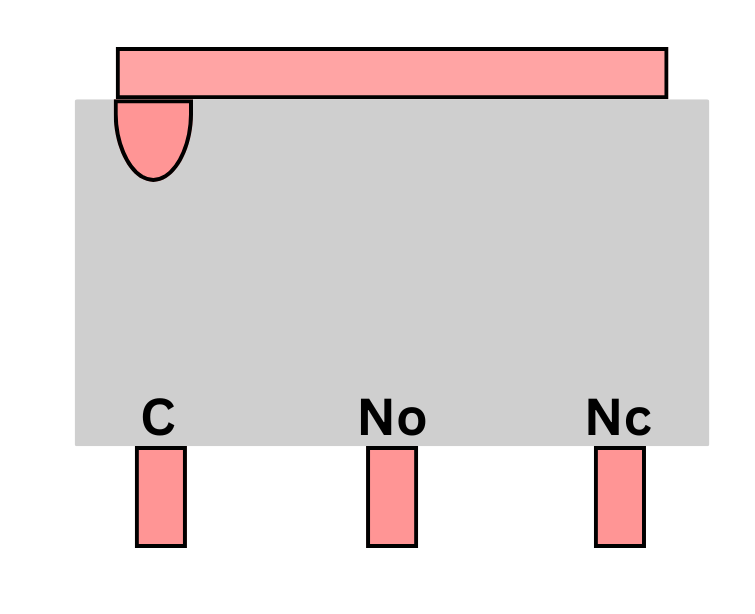
 Design with Limit switch - Closed in Cirkit Designer
Design with Limit switch - Closed in Cirkit DesignerIntroduction
The Limit Switch - Closed (LSClosed), manufactured by YuviPep, is a mechanical switch that is typically used to detect the presence or position of an object in a control system. When the actuator of the switch is engaged, the internal contacts are closed, allowing current to flow through the circuit. This component is widely used in industrial automation, robotics, and safety systems to provide precise control and feedback.
Explore Projects Built with Limit switch - Closed
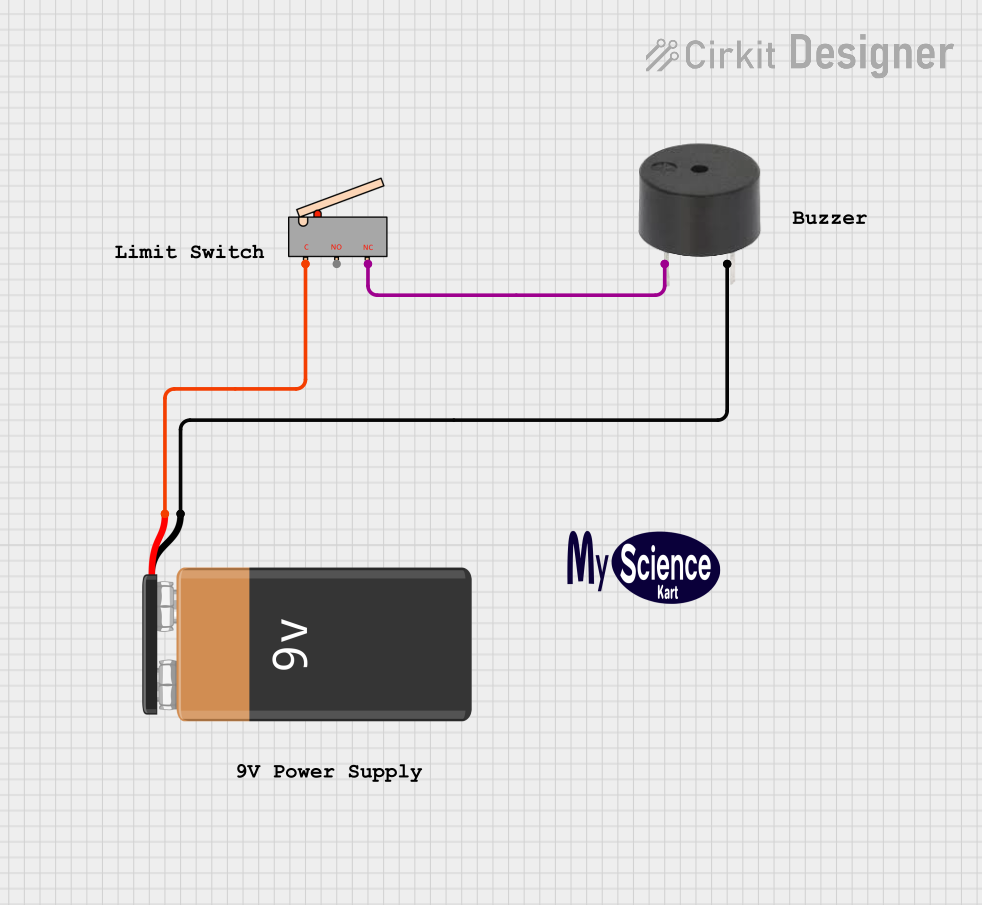
 Open Project in Cirkit Designer
Open Project in Cirkit Designer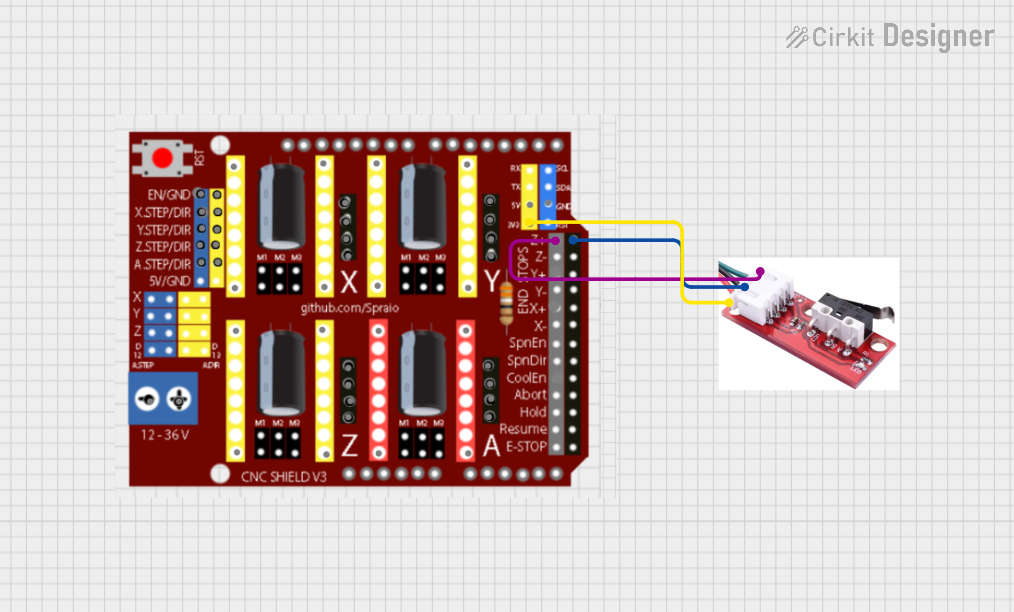
 Open Project in Cirkit Designer
Open Project in Cirkit Designer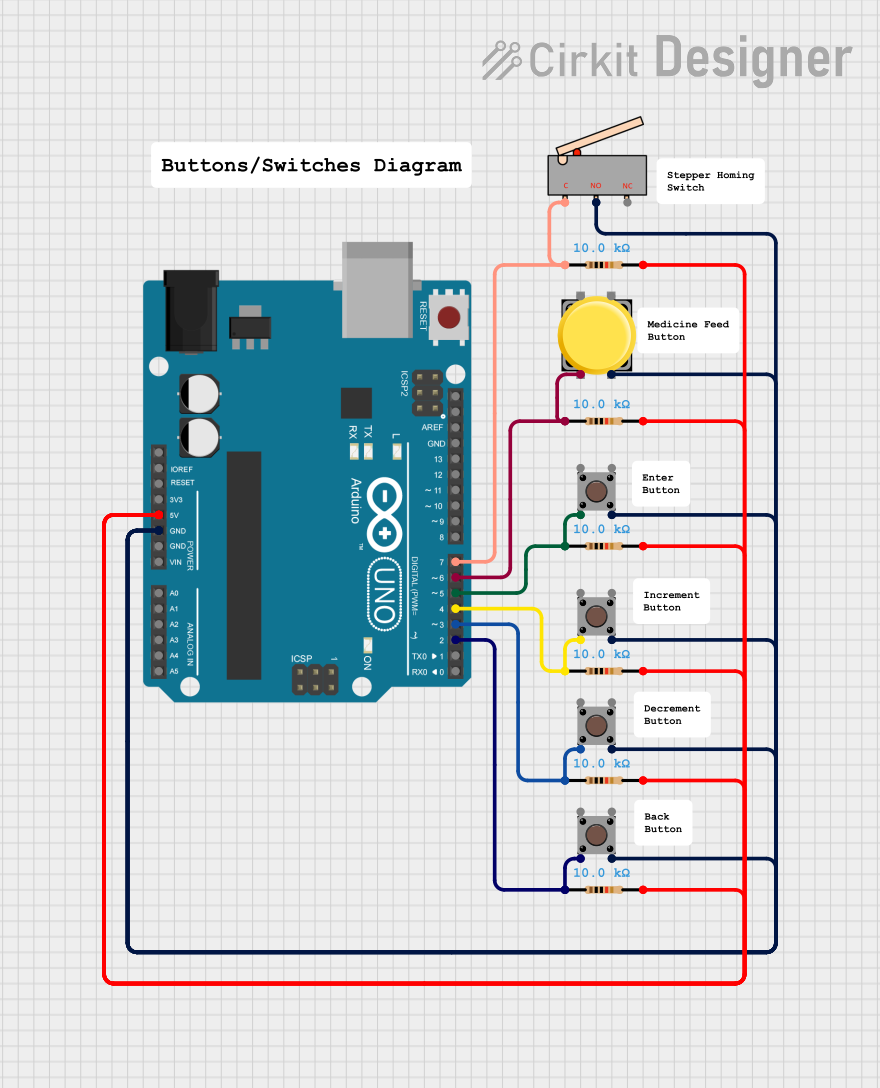
 Open Project in Cirkit Designer
Open Project in Cirkit Designer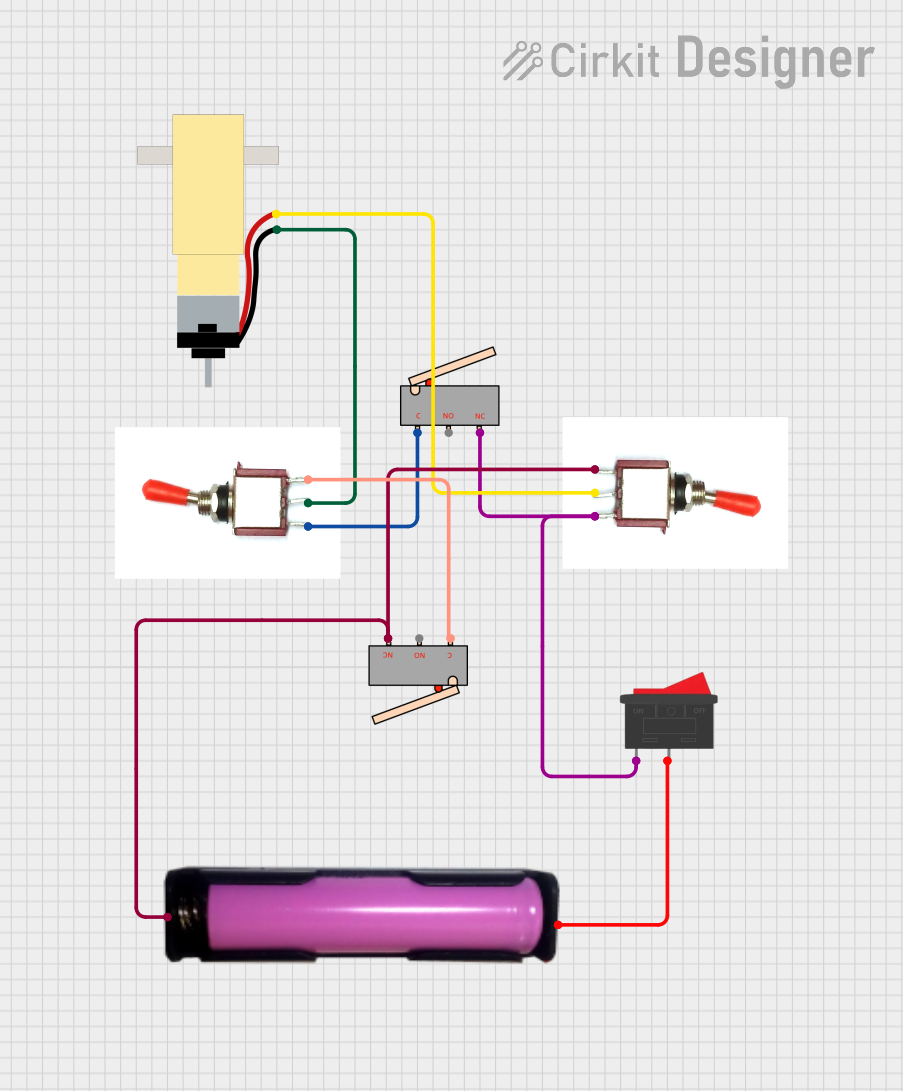
 Open Project in Cirkit Designer
Open Project in Cirkit DesignerExplore Projects Built with Limit switch - Closed

 Open Project in Cirkit Designer
Open Project in Cirkit Designer
 Open Project in Cirkit Designer
Open Project in Cirkit Designer
 Open Project in Cirkit Designer
Open Project in Cirkit Designer
 Open Project in Cirkit Designer
Open Project in Cirkit DesignerTechnical Specifications
Key Technical Details
| Parameter | Value |
|---|---|
| Manufacturer | YuviPep |
| Part ID | LSClosed |
| Operating Voltage | 5V - 30V DC |
| Operating Current | 0.5A (max) |
| Contact Resistance | ≤ 50 mΩ |
| Insulation Resistance | ≥ 100 MΩ @ 500V DC |
| Mechanical Life | 1,000,000 operations |
| Electrical Life | 100,000 operations |
| Operating Temperature | -25°C to +85°C |
Pin Configuration and Descriptions
| Pin Number | Pin Name | Description |
|---|---|---|
| 1 | COM | Common terminal |
| 2 | NO | Normally Open terminal (not used) |
| 3 | NC | Normally Closed terminal |
Usage Instructions
How to Use the Component in a Circuit
- Identify the Pins: Locate the COM (Common) and NC (Normally Closed) pins on the limit switch.
- Connect to Power Source: Connect the COM pin to the positive terminal of your power source.
- Connect to Load: Connect the NC pin to the input of the device you want to control (e.g., a microcontroller input pin or a relay).
- Complete the Circuit: Ensure the circuit is properly grounded.
Example Circuit with Arduino UNO
// Example code to read the state of the limit switch
const int limitSwitchPin = 2; // Pin connected to NC terminal of limit switch
const int ledPin = 13; // Pin connected to an LED for indication
void setup() {
pinMode(limitSwitchPin, INPUT_PULLUP); // Set limit switch pin as input with pull-up
pinMode(ledPin, OUTPUT); // Set LED pin as output
Serial.begin(9600); // Initialize serial communication
}
void loop() {
int switchState = digitalRead(limitSwitchPin); // Read the state of the limit switch
if (switchState == LOW) {
// Limit switch is engaged (closed)
digitalWrite(ledPin, HIGH); // Turn on the LED
Serial.println("Limit switch engaged");
} else {
// Limit switch is not engaged (open)
digitalWrite(ledPin, LOW); // Turn off the LED
Serial.println("Limit switch not engaged");
}
delay(100); // Small delay for debounce
}
Important Considerations and Best Practices
- Debouncing: Mechanical switches can produce noise or "bounce" when actuated. Implement debouncing in your code or use external debouncing circuits to ensure reliable operation.
- Current Rating: Ensure the current passing through the switch does not exceed the maximum rating of 0.5A to avoid damage.
- Environmental Conditions: Operate the switch within the specified temperature range (-25°C to +85°C) to ensure longevity and reliability.
Troubleshooting and FAQs
Common Issues Users Might Face
- Switch Not Responding: Ensure proper connections and check for any loose wires. Verify that the power supply is within the specified voltage range.
- Intermittent Operation: This could be due to switch bounce. Implement debouncing in your code or use a hardware debouncing circuit.
- No Current Flow: Check the contact resistance and ensure it is within the specified range (≤ 50 mΩ). Clean the contacts if necessary.
Solutions and Tips for Troubleshooting
- Check Connections: Ensure all connections are secure and correctly oriented.
- Measure Voltage and Current: Use a multimeter to measure the voltage and current in the circuit to ensure they are within the specified limits.
- Inspect for Damage: Visually inspect the switch for any signs of physical damage or wear.
FAQs
Q1: Can I use the LSClosed limit switch with an AC power source?
- No, the LSClosed is designed for DC power sources with an operating voltage range of 5V to 30V DC.
Q2: How do I implement debouncing in my code?
- You can implement debouncing by adding a small delay after reading the switch state or using a software debouncing library.
Q3: What is the difference between the NC and NO terminals?
- The NC (Normally Closed) terminal is connected to the COM terminal when the switch is not actuated. The NO (Normally Open) terminal is connected to the COM terminal when the switch is actuated.
By following this documentation, users can effectively integrate the Limit Switch - Closed (LSClosed) into their projects, ensuring reliable and accurate detection of object presence or position.